The Anglo-Saxons, Vikings & the Normans
Many teachers will be familiar with aspects of these societies from earlier versions of the National Curriculum. The Curriculum 2014 introduced new areas such as the relations with the Scots and the continuity with the Normans. These societies have often proved popular with plenty of interesting sources including archaeology and artefacts. This is a crucial area of study with children given an opportunity to learn about the origins of so much of the United Kingdom. There is plenty of scope for a range of fascinating historical investigations using a range of key historical concepts.
Sort by:
Date (Newest first) | Title A-Z
Show:
All |
Articles |
Podcasts |
Multipage Articles
-
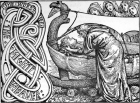
Vikings: Egils Saga
ArticleClick to view -

Saxon Settlers in Britain
ArticleClick to view -

A view from the classroom: Teachers TV, The Staffordshire Hoard And 'Doing History'
ArticleClick to view -

Sutton Hoo - Classroom archaeology in the digital age
ArticleClick to view -
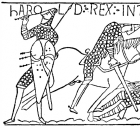
The strange death of King Harold II: Propaganda and the problem of legitimacy in the aftermath of the Battle of Hastings
ArticleClick to view -
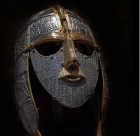
Case Study: Classroom archaeology. Sutton Hoo, or the mystery of the empty grave
ArticleClick to view -
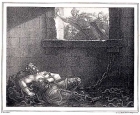
Here come the Vikings! Making a saga out of a crisis
ArticleClick to view -

Putting the Story back into History
ArticleClick to view -
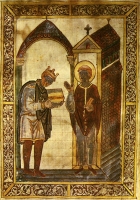
Bede's Ecclesiastical History of the English People
ArticleClick to view -
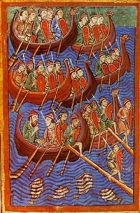
The Vikings in Britain
ArticleClick to view

